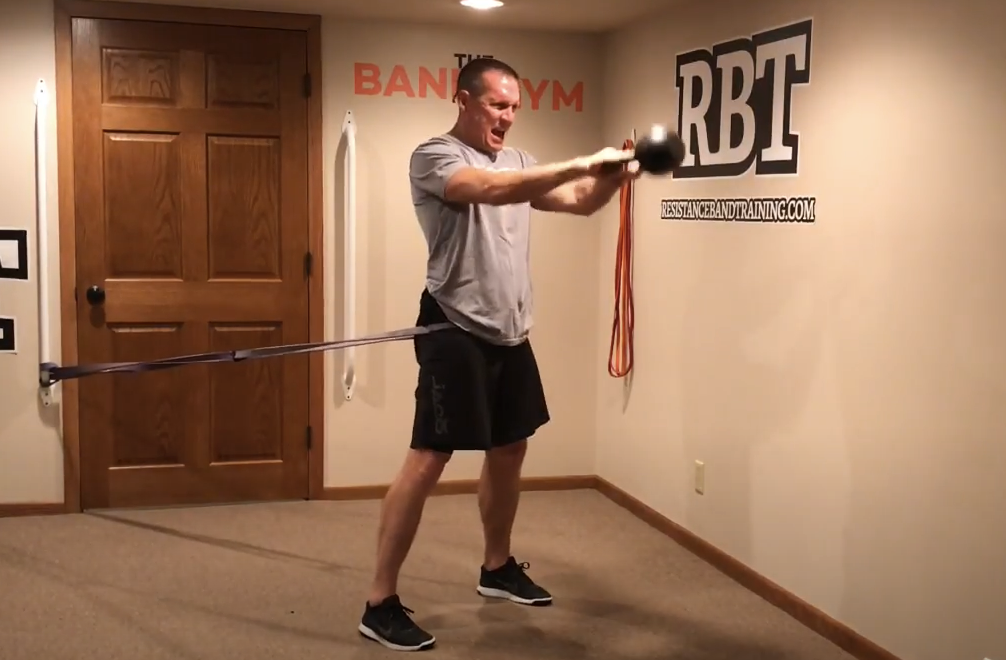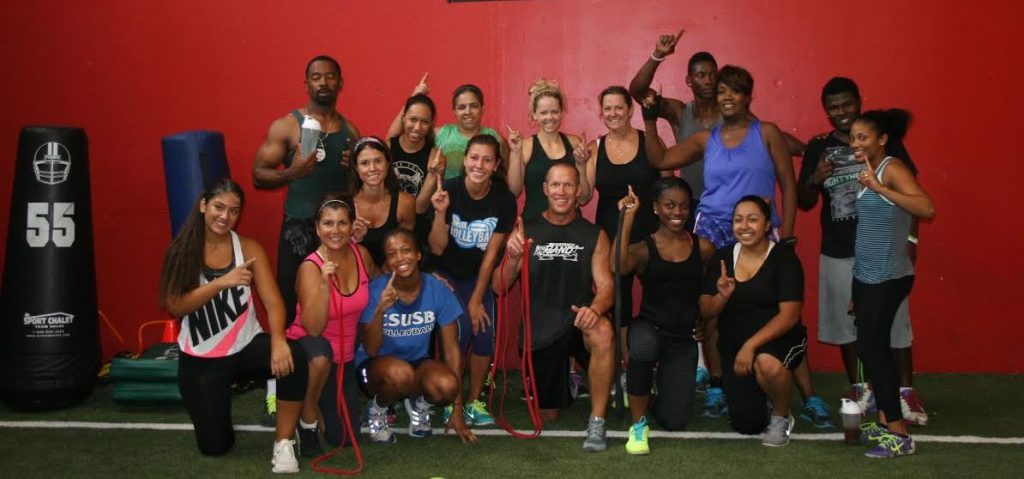Exercise Swaps for Healthier Shoulders
The shoulder is the second most injured joint in body for several reasons.
- The shoulder relies on muscles to keep it stable versus the construction of the joint. As a result, muscles have to be both simultaneous stabilizers and dynamic movers.
- The thoracic spine or mid-spine becomes restricted with age (especially in rotation). This leads to structures in the shoulder becoming overused and placed in bad postural positions while being asked to generate force.
- Shoulder muscle strength is often unbalanced due to a greater use of the anterior muscles versus the back muscles.
- Life requires the arms to constantly reach overhead or out in front of the body which are the movements that lead to wear and tear on the shoulders.
- Strength training is only done with weights using open chain movements performed primarily along a vertical plane of motion. This places a great deal of tension on the tendons and cartilage of the shoulder when performed repeatedly.
- Shoulder flexibility is often lost due to general age as well as a poor understanding of how best to stretch the shoulder.
Regardless if these reasons make complete sense or not, the fact is if you’re following a traditional shoulder strength training program you will most likely begin to experience some level of shoulder pain or injury eventually.
Having personally experienced this and treated 100’s of shoulder patients in physical therapy, I have discovered a better way to strength train the shoulders, especially for those over 40.
5 Shoulder Exercises That Routinely Lead to Shoulder Pain
There are 5 shoulder exercises that are routinely done that lead to 90% of shoulder pain and injury.
- Shoulder presses which include Push Presses, Military Presses, Jerk Presses or Behind the Neck Presses
- Upright Rows which are sometimes called High Pulls
- Stretching that moves the arm on the body
- Triceps Dips which include Machine Dips, Seated Dips or Traditional Dips
- Bench Presses or Incline Presses
Let’s take you through band exercise swaps you can do for these that will keep your shoulders strong, mobile, healthier and much happier.
1. Band Shoulder Presses vs Barbell, Dumbbell or Kettlebell Shoulder Presses
A Barbell or Dumbbell Overhead Press can only be performed in a straight vertical direction. A Band Overhead Press allows individuals to work more in the scapular plane by being able to move laterally while pressing overhead.
This modification is going to be significantly more rotator cuff friendly and decrease the chance of rotator cuff impingement during the pressing movement.
2. Band High Pulls and Pull a Parts vs. Barbell Upright Rows
Band High Pulls allow individuals to incorporate a Lateral Pull a Part at the top of the motion which allows the scapular muscles to stabilizer more effectively.
It also decreases the need for extreme internal rotation of the shoulder which can lead to the rotator cuff tendons becoming impinged. Barbell Upright Rows do not allow for this modification of internal rotation at the top.
3. Band Distraction Stretching vs. Stretching the Arm on the Body
Traditional shoulder stretching often can create rotator cuff pinching while being less than effective at lengthening out key shoulder muscles. This makes sense since traditional shoulder stretching is done by moving the arm on the body. This requires forces to be driven through the rotator cuff in order to get to the key muscles of the scapula.
Band Distraction Stretching drives stretching forces from the center of the body out, thus allowing the scapular muscles to be stretched without having to go through the rotator cuff first.
4. Overhead Tricep Presses vs. Dips
Dips are going to force the shoulder to glide forward and inwardly. This is the perfect mechanism for a rotator cuff impingement, especially in those individuals that do not have good scapular stabilization control.
A better exercise to substitute for Dips is a Band Overhead Triceps Press which will challenge the triceps while also activating the lower abs and glutes. With abs and glutes on board, recruitment of the triceps instantly increases.
5. Resisted Push Up Variations vs. Bench Presses
The Bench Press challenges the rotator cuff to become the primary stabilizer of the shoulder, especially in those individuals that do not recruit their scapular stabilizers well. As a result, the rotator cuff is often over challenged during a Bench Press which often leads to inflammation and potential injury.
Band Resisted Push Ups assist the rotator cuff with stabilization while automatically recruiting the lower abs and scapular stabilizers to become more active. As a result, the Band Resisted Push Up is a great shoulder friendly alternative exercise for the Bench Press.
Summary
As you can see, the key to keeping your shoulders healthy and happy is making sure the rotator cuffs are kept safe and protected. In our 20s and 30s, the rotator cuff tendon is much more resilient to high levels of tension.
However, as we age the tendon becomes more susceptible to inflammation and injury. Finding more effective exercises that build shoulder strength but also keep the shoulder, specifically the rotator cuff, healthy should become a much higher priority than seeing how much weight can be lifted.
Related Articles
Shoulder Training for Fitness Longevity
Keep All Your Joints Happy Including Your Shoulders
Any of these Fitness Band and Workout Resource Packages are a great place to start




